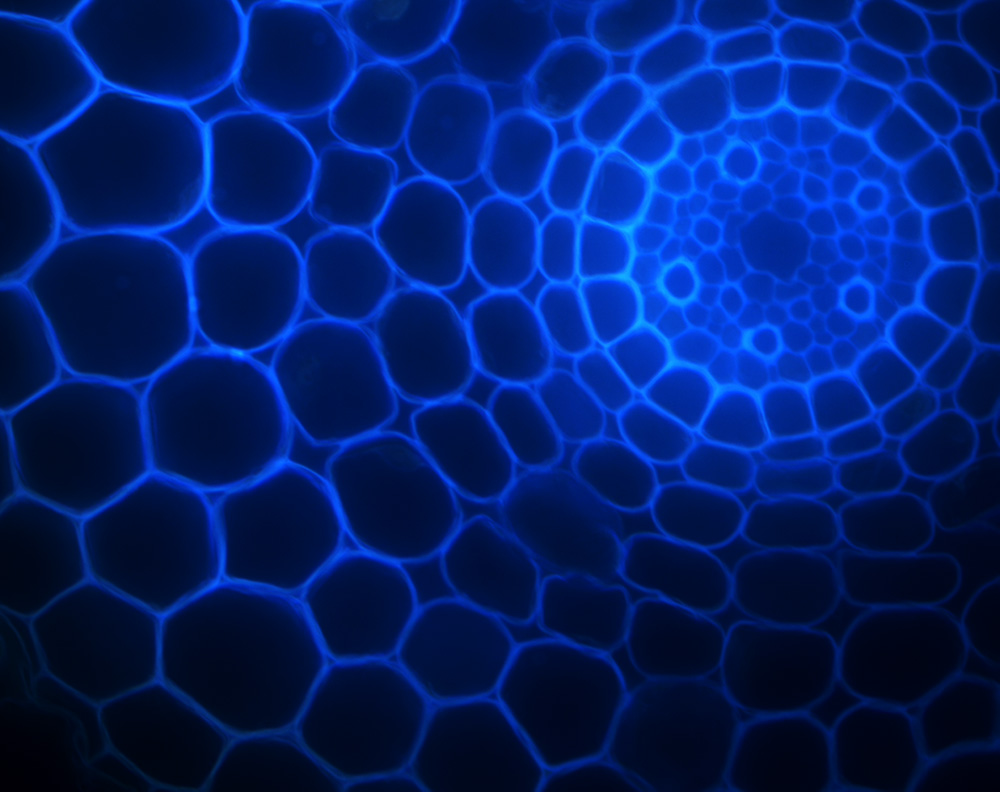Skin to nerve cells
Antarctic ‘hair grass’ root cross-section, showing the arrangement of cells. These are highly efficient at taking up essential nitrogen nutrients, which means that they are able to out-compete other plants as the temperature in Antarctica rises.
By studying plants like these scientists can start to understand how different species are affected by climate change. In Antarctica plants and microorganisms compete for scarce nutrients such as nitrogen. Findings show that populations of the Antarctic hair grass, Deschampsia antarctica, have increased with global warming as they are able to out compete mosses by being able to uptake nitrogen through their roots.
Imaged using confocal microscopy by Dr Peta Clode, University of Western Australia.
Size: the larger cells are about 30 micrometres across.
